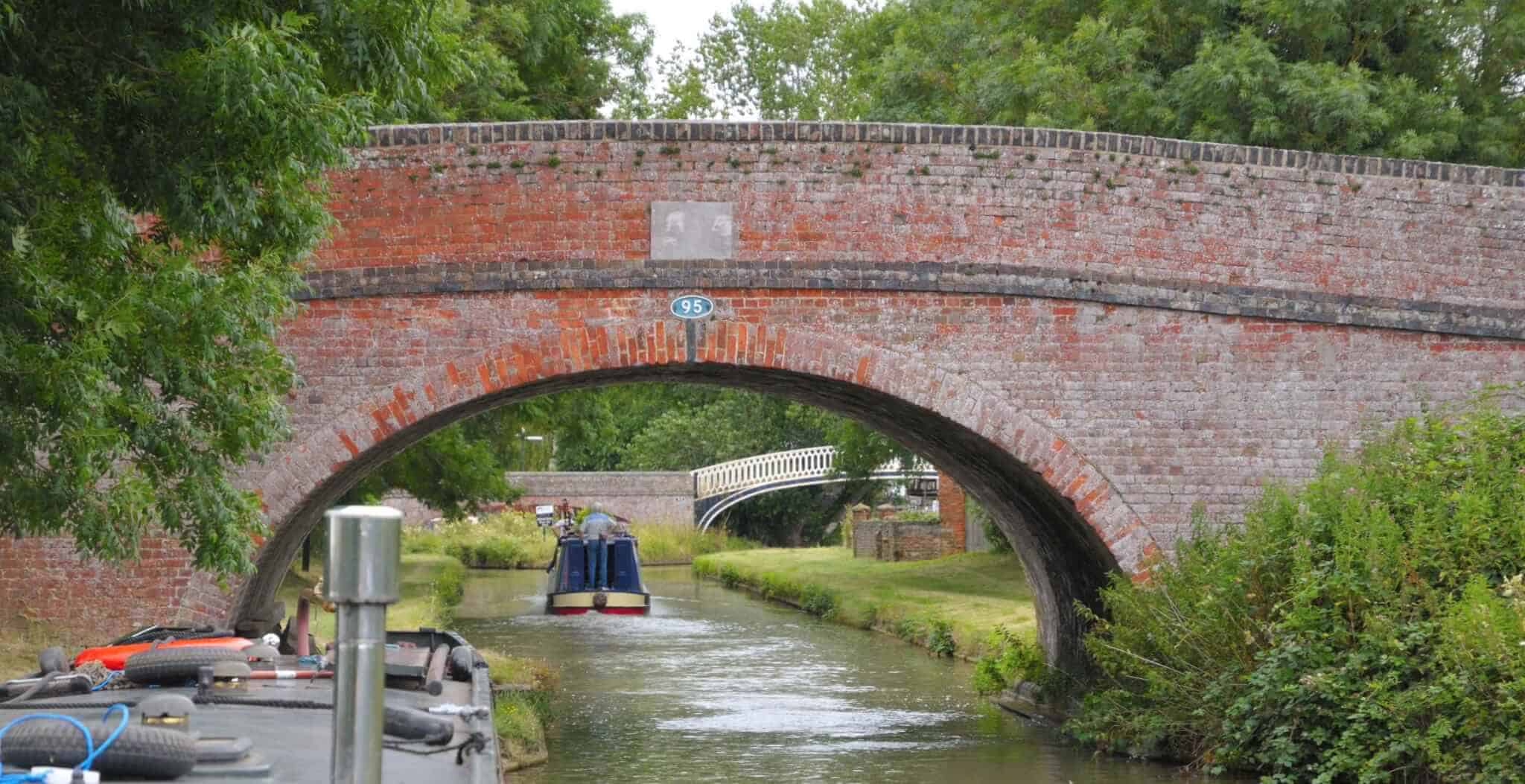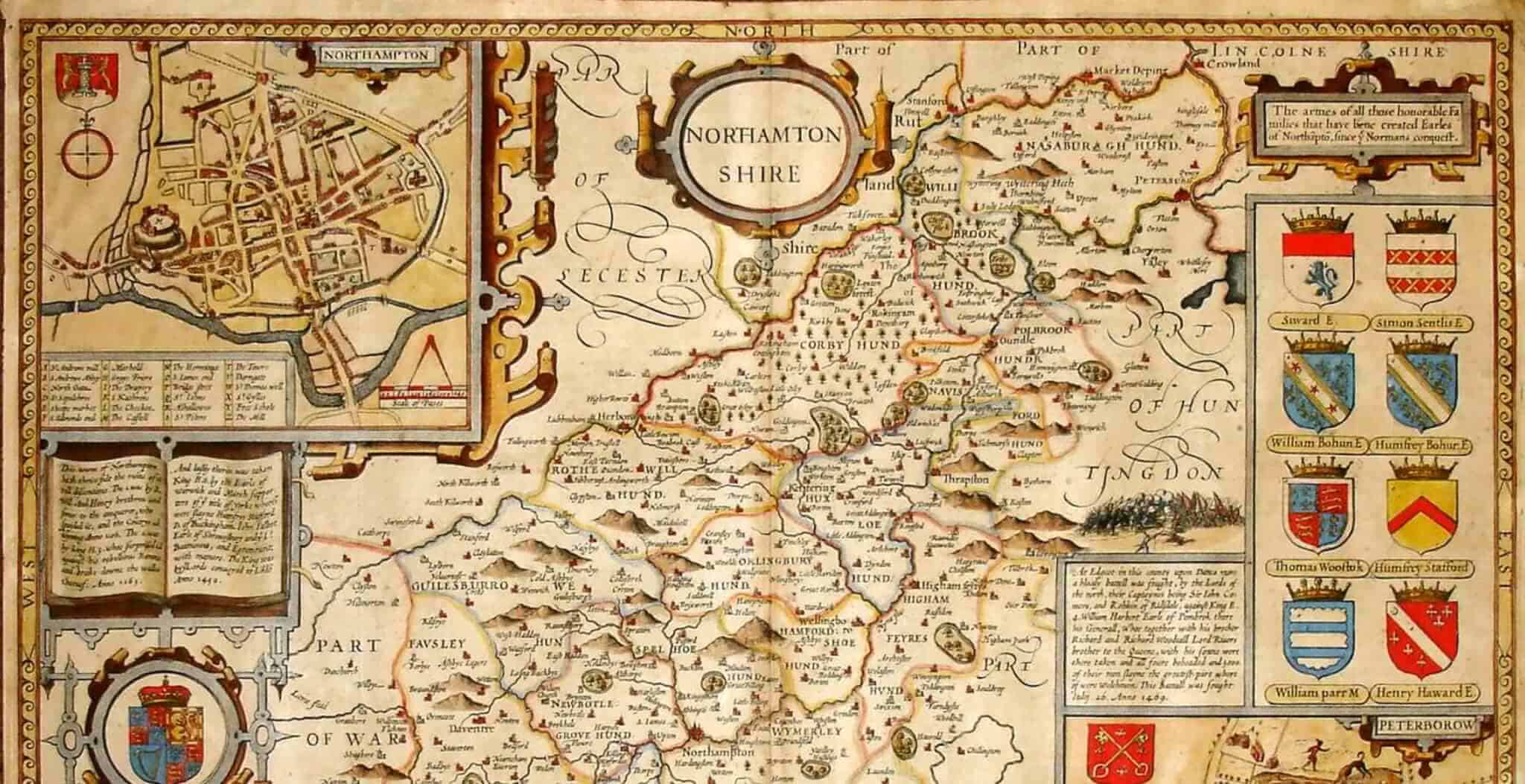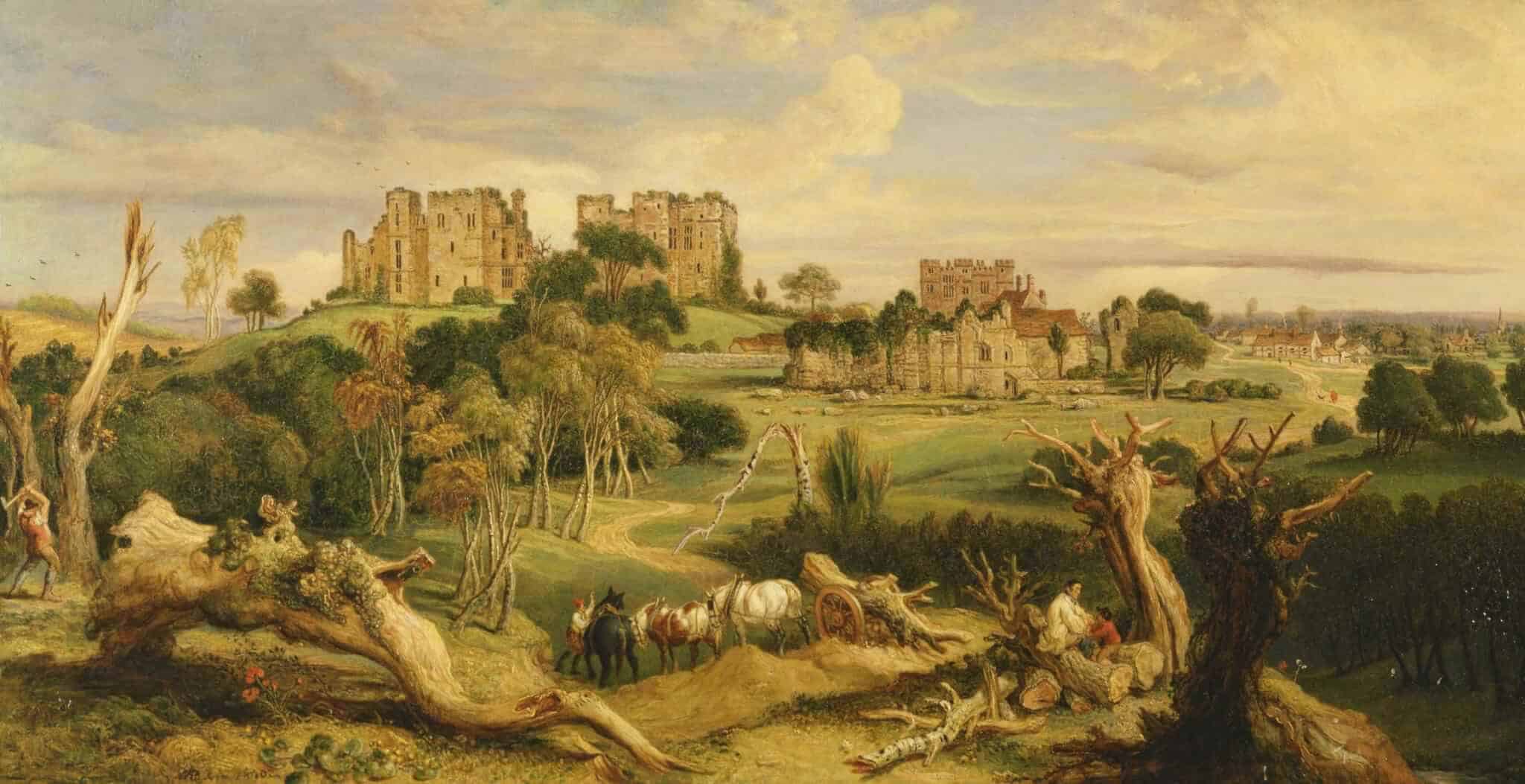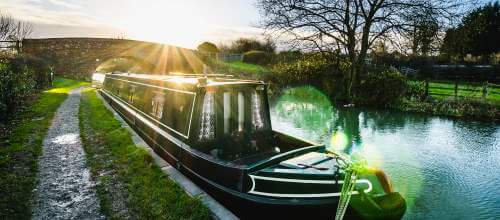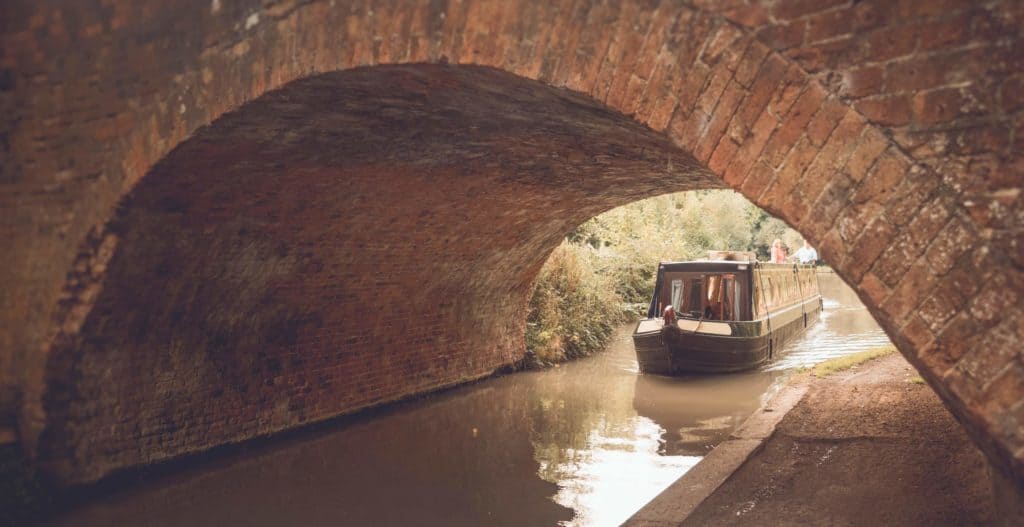Located off the A45 between Rugby and Daventry in rural Northamptonshire, at the junction of the Oxford and Grand Union Canals, the historic village of Braunston has always been a focal point on the Midlands canal network.
The hill top village thrived for over 150 years on the canal trade carrying goods from the Midlands to London. Many well-known freight carrying companies have been based here, including Pickfords, Fellowes Moreton and Clayton, Nursers, Barlows and Willow Wren.
The canals are no longer used for carrying freight. Today leisure craft dominate the canals and Braunston boasts the busiest flight of locks in the country. Braunston has a thriving marina and there is a Boat Show held here at the end of May each year.
The Braunston area is often referred to as the ‘Heart of England’s waterways’ and here you will find a wealth of waterway-related facilities including day-boat trips, chandlers, boat builders and fitters, brokers and marinas.
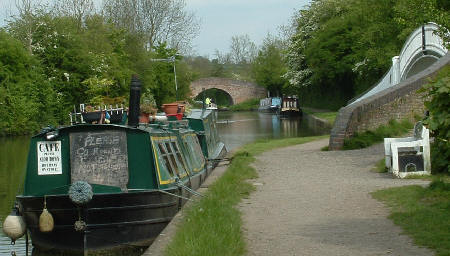
It is a popular place to visit, with some good canalside pubs, towpaths offering pleasant walks and a Visitor Centre. On the tow path near the Marina is The Stop House, where tolls were collected by the Grand Junction (now Grand Union) Canal Company from the passing boats. Until recently the base for British Waterways, the Stop House has a small museum.
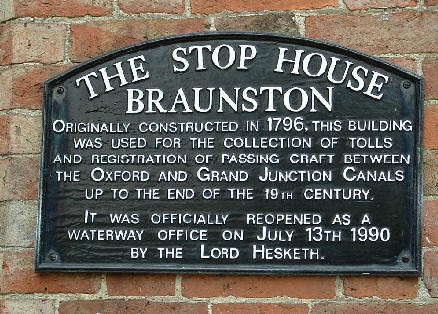
The main village of Braunston is situated on a hill above the road and the canals. Despite its small size, Braunston was once served by two railway stations, both of which are now closed. There are several thatched cottages along the village main street, along with the Old Plough and the Wheatsheaf pubs, an excellent fish and chip shop, a butchers, general store and post office.
Many former boating families have links to Braunston. All Saints Church in the village (built 1849) is known locally as “The Boater’s Cathedral” as many boatmen and women are buried in the specially reserved graveyard. The spire of the church on the hill can be seen for miles around.
For the last 150 years or so, the life and blood of Braunston has been the canals. In 1793 an Act was passed to authorise the construction of the Grand Junction Canal from Braunston on the Oxford Canal to Brentford on the River Thames, just west of London.
The unique triangular junction between the Oxford and Grand Union canals has two bridges carrying the towpath over the canal. This was not the original junction of the canals which was near where the marina is today; the junction was moved in the course of improvements to the Oxford Canal in the 1830s.
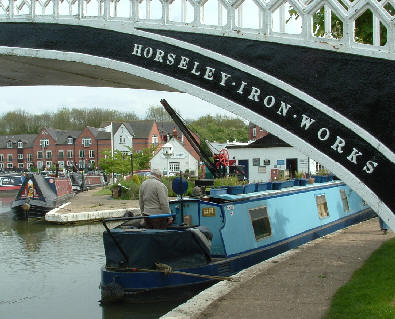
Braunston Marina is steeped in history. It was originally developed at the turn of the 19th century as the waterways depot at the northern end of the Grand Junction Canal. Several buildings date from this and the Georgian and Victorian periods. The entrance to the marina is dominated by the Horsley Iron Works cast iron bridge dating from 1834, erected by Thomas Telford. From the marina, six locks carry the Grand Union Canal up to Braunston Tunnel, opened in 1796. The tunnel is 1¼ miles long with a distinctive kink in the middle.
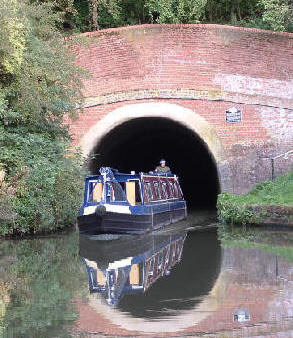
Braunston is ideally located for visiting many of England’s favourite tourist attractions, including Stratford upon Avon and Shakespeare country, Warwick and Kenilworth castles. The Cotswolds are only an hour’s drive and even the Peak District can be visited in a day trip.
Getting here
Located off the A45 between Rugby and Daventry in Northamptonshire, Braunston is easily accessible by road, please try our UK Travel Guide for further information. The nearest railway station is at Rugby, approximately 8 miles.
Museums
View our interactive map of Museums in Britain for details of local galleries and museums.
